The architecture that I met in the Cathedral of the state of Mérida / La arquitectura que conocí en la Catedral del estado Mérida
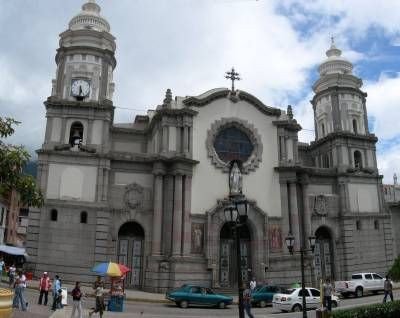
Photo from Pinterest https://pin.it/1BY44pl
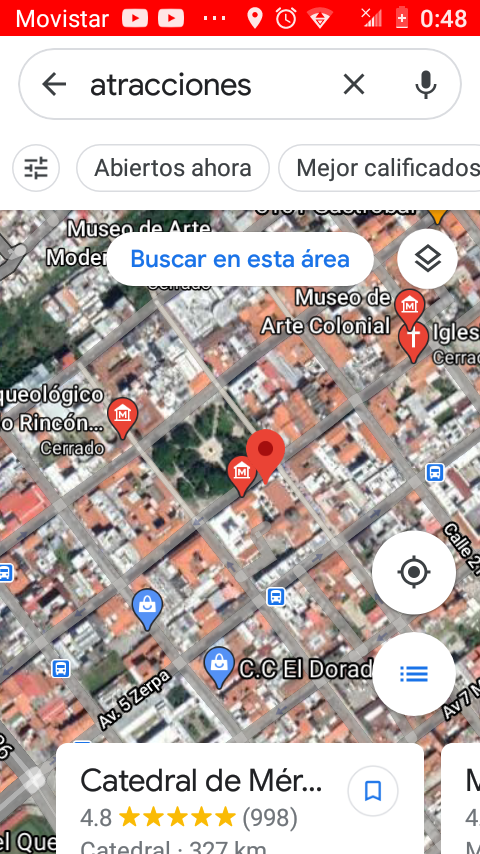
With my last trip to the city of Merida I want to show you one of the stops for all tourists, the great architecture of the Cathedral of Mérida also called the minor basilica cathedral of Merida "Inmaculada Concepcion" .
This church is located near the Plaza Bolívar de Mérida and the Archbishop's Palace and Archdiocesan Museum in the city of Merida, west of Venezuela. Its location is common with the grid that was used in all cities with the Spanish invasion, religion was a very essential aspect for them and indigenous indoctrination.
It is a cathedral that stands out in the sector for its height and architecture, the beauty of the form begins with a central nave and four pillars, a variety of arches, columns, a large dome, eclectic ornamentation, great heights, a diversity of saints. and notable spaces. The eclectic style is when architecture cannot be defined by a single style since it uses elements of all the styles prior to this, such as classic, baroque, gothic, among others. The original cathedral was built in the 18th century, but over time it was mordenized by history and also by multiple earthquakes. It is made up of a plant in the shape of a Latin cross, with five naves and a large dome. In the central nave its roof is gabled and the sides are covered by vaults and six small domes. Inside, the path to the interior of the cathedral through the central nave is marked by a succession of cruciform pillars, images, paintings and sculptures that mark the way to a focal point, the one of greatest importance in the building, which is the apse, a place that is higher in relation to the rest of the structure, since functionally that is where the deity communicates.
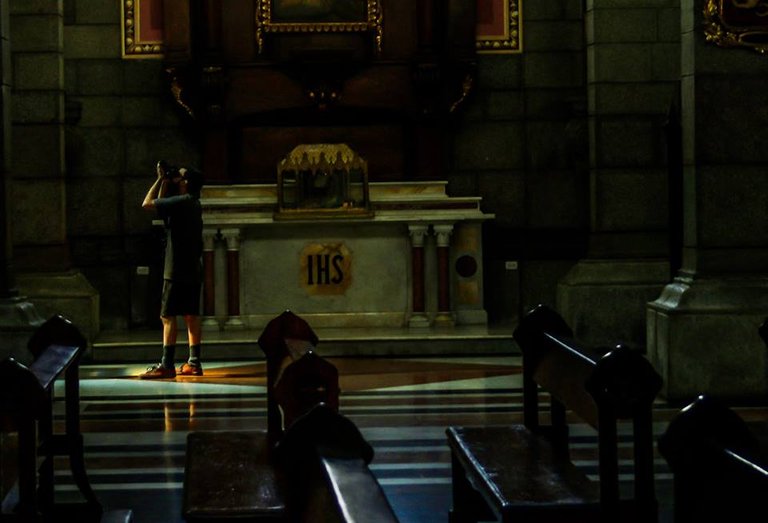
Have you heard about the period of modernism? Gaudi was a key architect in this architectural movement between the end of the 19th century and the beginning of the 20th century, I mention this deato since this work is by Manuel Mujica Millan, a disciple of Gaudí, the author of the Sagrada Familia of Barcelona . This church in Merida began to be built in 1803. The amount of history that exists in architecture is incredible, also researching about this architectural jewel I found that artists also participated for the stained glass windows, such as Belsky the painter, Mario Pietroniro, Manuel de La Fuente and Mario Gandini the cartoonists.
Fun facts:
• Made the shields of the different Merida prelates Spanish sculptor, Manuel de la Fuente, details in the choir stalls, the apostles on the pulpit and the angels that crown the Virgin Mary, as well as the work El Cristo de las multitudes, where Jesus Christ crucified is formed by the figures of hundreds of parishioners.
• Under the main altar are the remains of Saint Clement Martyr donated by the Pope.
• IN the 14th century in Germany a Virgin Mary of the Apple was carved, it is owned by this church.
I hope you like this post and do not forget to leave a comment that you think about this architecture and enjoy the photos (those that do not have a source are my property) .

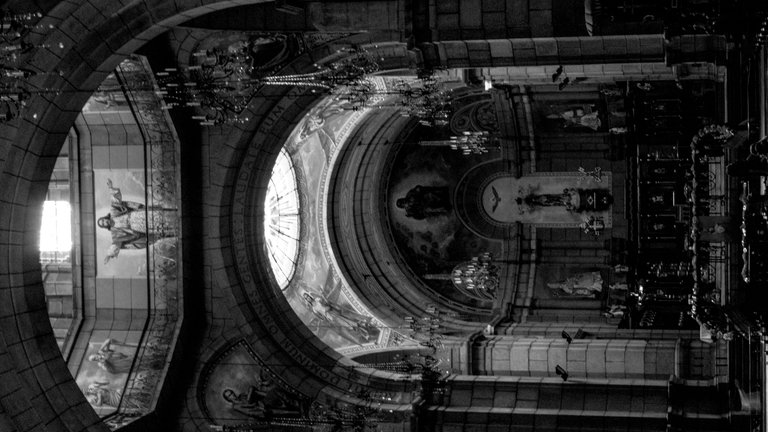
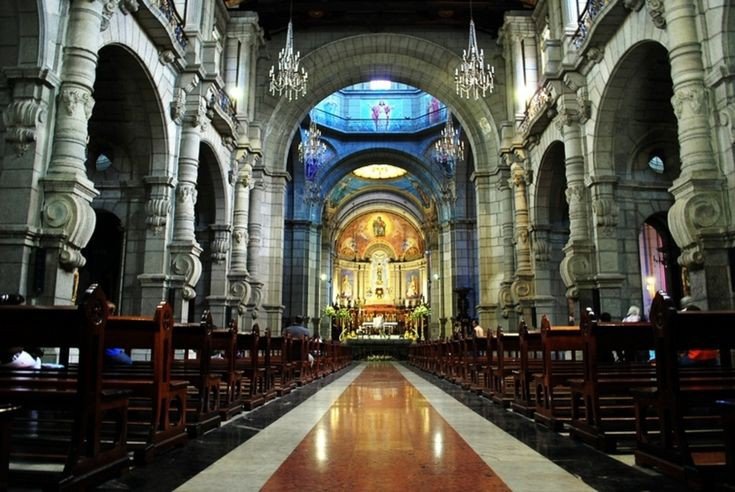
Photo from Pinterest https://pin.it/4WAn7v0
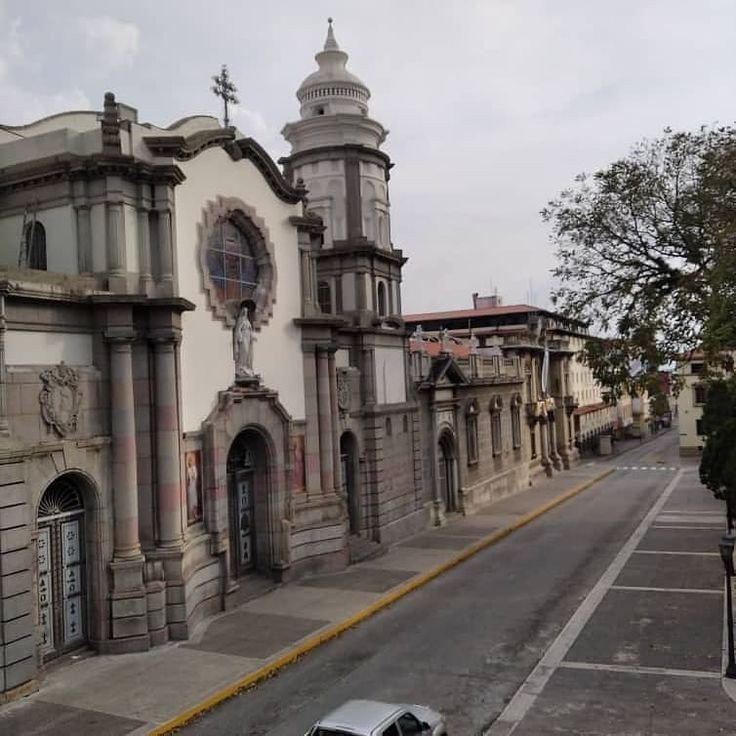
Photo from Pinterest https://pin.it/6cLHQVo

Photo from Pinterest https://pin.it/4xkLnHx
Speak Spanish
Con mi ultimo viaje a le ciudad de Merida quiero mostrarles una de las paradas para todo turista, la gran arquitectura de la Catedral de Mérida también llamada la catedral basilica menor de Merida “Inmaculada Concepcion”.
Esta iglesia se ubica cerca de la Plaza Bolívar de Mérida y del Palacio Arzobispal y Museo Arquidiocesano en la ciudad de Merida, al oeste de Venezuela. Su ubicación es común con la cuadricula que se empleó en todas las ciudades con la invasión española, la religión era un aspecto muy esencial para ellos y el adoctrinamiento indígena.
Es una catedral que se destaca en el sector por su altura y su arquitectura, la belleza de la forma empieza por una nave central y cuatro pilares, variedad de arcos, columnas, una gran cúpula, ornamentación ecléctica, grandes alturas,una diversidad de santos y espacios notables . El estilo ecléctico es cuando no se puede definir la arquitectura por un solo estilo ya que usa elementos de todos los estilos anteriores a este como el clásico, barroco, gótico, entre otros. La catedral original se construyo en el siglo 18, pero con el tiempo fue mordenizada por la historia y también por multiples sismos. Está formada por una planta en forma de cruz latina, con cinco naves y una gran cúpula. En la nave central su techo es de dos aguas y los laterales están cubiertos por bóvedas y seis cúpulas pequeñas. En el interior el camino hacia el interior de la catedral por la nave central se ve marcado por una sucesión de pilares cruciformes, imágenes, pinturas y esculturas que van marcando el camino hacia un punto focal, el de mayor importancia en la edificación, que es el ábside, lugar que se encuentra más elevado en relación al resto de la estructura, pues funcionalmente es ahí donde se comunica la deidad.
Han escuchado sobre el periodo del modernismo¿ Gaudi fue un arquitecto clave en este movimiento arquitectónico entre finales del siglo 19 y comienzos del siglo 20, este deato lo menciono ya que esta obra es de Manuel Mujica Millan, discípulo de Gaudí, el autor de la Sagrada Familia de Barcelona. Esta iglesia de Merida empezó a construirse en 1803. Es increíble la cantidad de historia que existe en la arquitectura, también investigando sobre esta joya arquitectónica encontré que también intervinieron artistas para los vitrales, como Belsky el pintor, Mario Pietroniro, Manuel de La Fuente y Mario Gandini los dibujantes.
Datos curiosos:
• Realizó los escudos de los diferentes prelados merideños escultor español, Manuel de la Fuente, detalles en la sillería del coro, los apóstoles del púlpito y los ángeles que coronan a la Virgen María, así como la obra El Cristo de las multitudes, donde Jesucristo crucificado está formado por las figuras de cientos de feligreses.
• Debajo del altar mayor se encuentran los restos de San Clemente Martir donados por el Papa.
• EN el siglo 14 en Alemania fue tallada una Virgen Maria de la Manzana, esta la posee esta iglesia.
Espero que les gustara este post y no olviden dejar un comentario de que opinan sobre esta arquitectura y disfruten las fotos (las que no tienen fuente son de mi propiedad).

Photo from https://pin.it/kwG2iO4